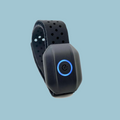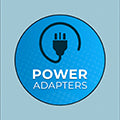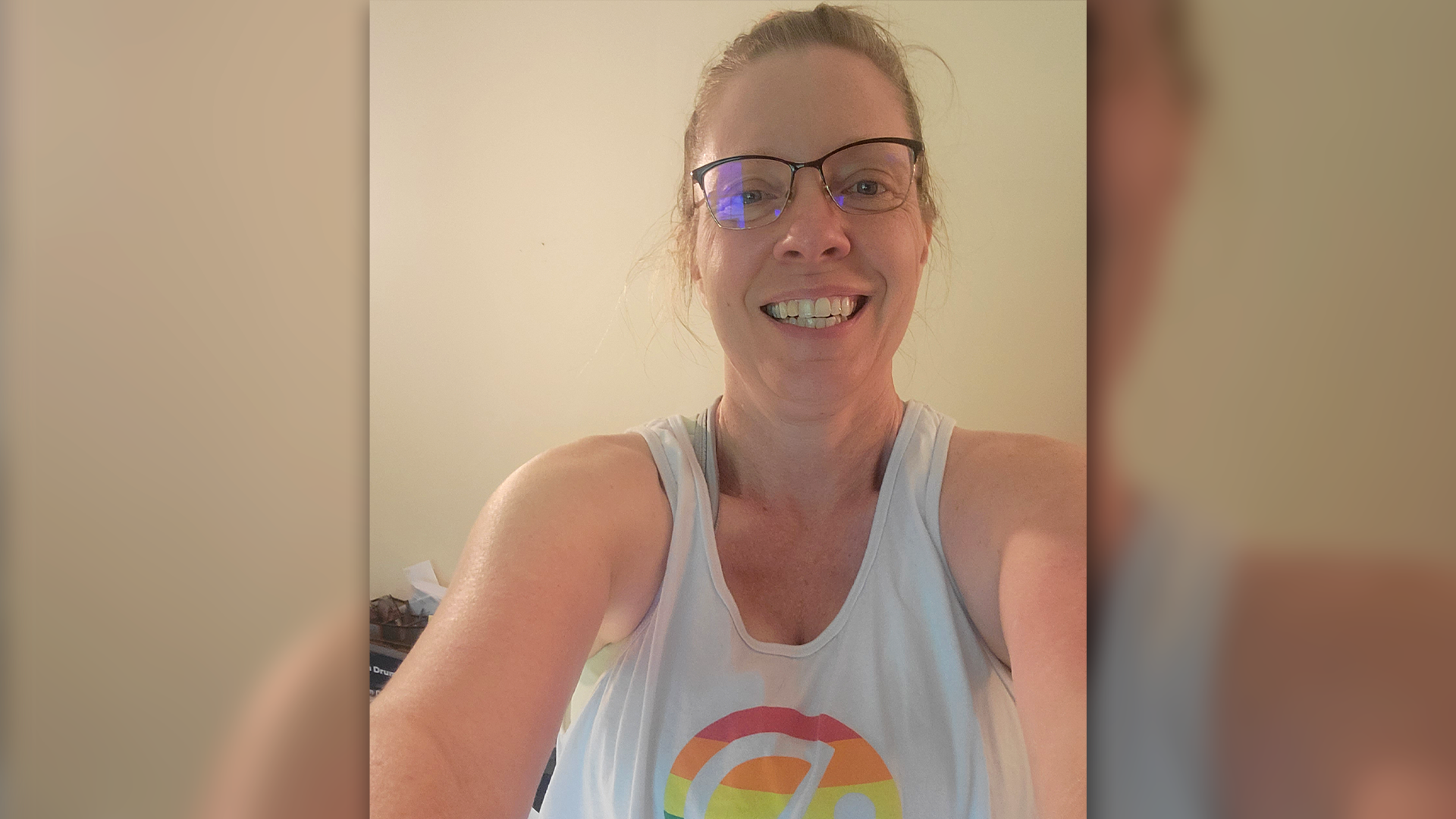Best Ever Prices
DELIVERY IN 5-7 WORKING DAYS
-
Special Offers
-
Equipment
-
Membership
-
Merchandise
-
30-Day Home Trial
-
Why Choose Us?
-
Your Safety Matters
-
News
-
Gift Vouchers
-
Echelon Commercial
-
Member Login
-
Store Login
Connect Rowers
Strength Training
Smart Fitness Mirror
Stair Climber
Our Best Ever Deals
DELIVERY IN 5-7 WORKING DAYS
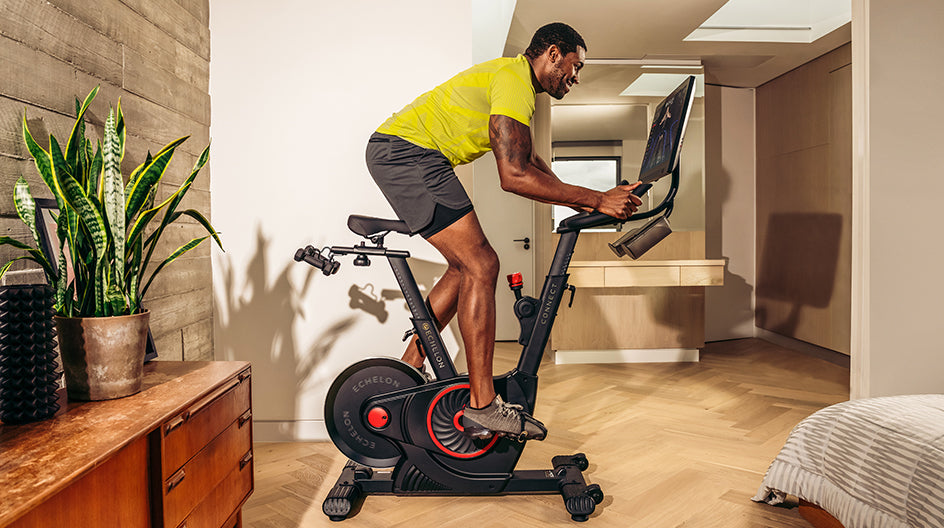
Smart Bikes
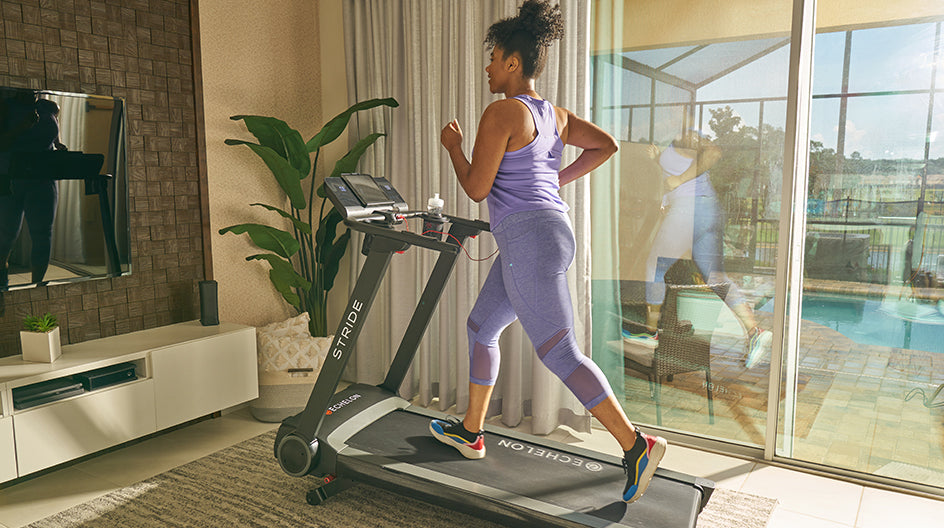
Smart Treadmills
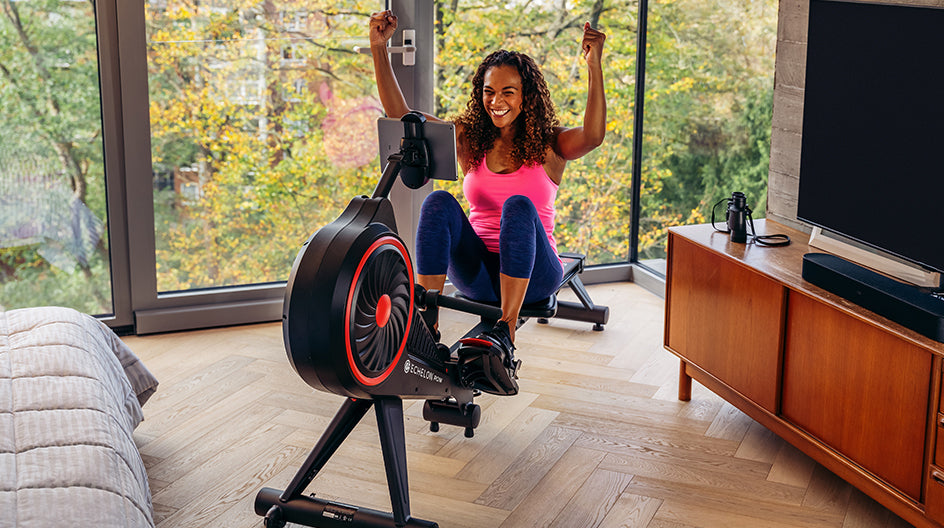
Smart Rowers

Stair Climber
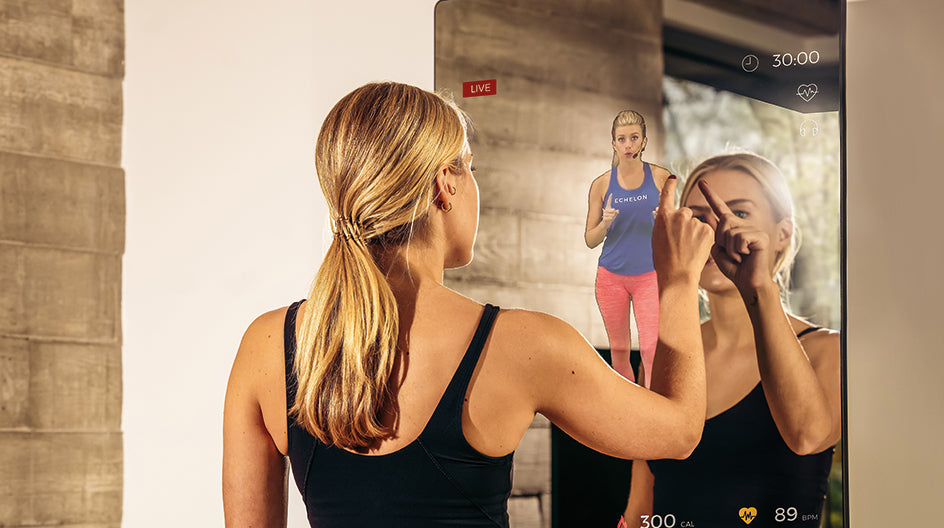
Smart Fitness Mirror

Strength Home
NEW!

Exercise Bench
NEW!

Adjustable Dumbbells
NEW!
SMART HOME ROWERS
Why choose Echelon?REFLECT FITNESS MIRROR
Why Choose Echelon?How to Set SMART Goals for Your Fitness Journey
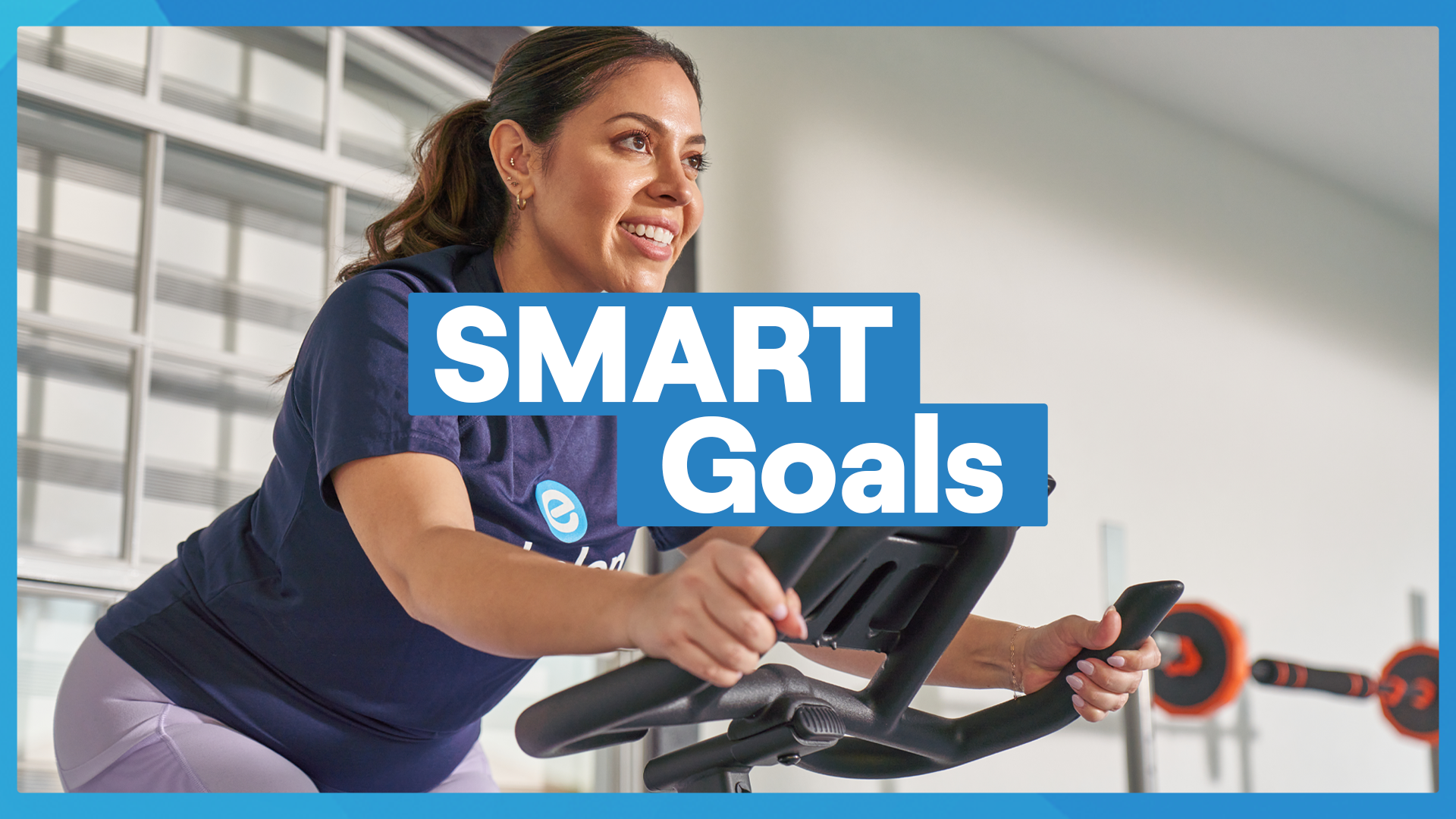
5 min read
We’ve all been there—setting fitness goals that feel motivating at first, but quickly fizzling out when life gets busy or when we hit a setback. If you’ve ever felt like your fitness goals were too hard to reach, you’re not alone. This is where SMART goals come in. They’re the perfect tool for creating a real, achievable fitness plan that lasts beyond your New Year’s resolution.
This article will break down what SMART goals are, and how they can help you reach your fitness goals—whether you're looking to run a 5k, lose weight, or simply get stronger.
What Are SMART Goals?
SMART is an acronym for:
- Specific
- Measurable
- Achievable
- Relevant
- Time-bound
When you set goals using this framework, they become clearer, more actionable, and easier to track. It’s not about just saying, “I want to get fit.” It’s about laying out the exact steps you need to take to get there. This will make it easier for you to stick to your goals in the long term.
1. Specific: Make Your Goal Clear
Instead of saying “I want to get in shape” or “I want to lose weight,” be clear and concise about what you want to achieve and when. A specific goal will give you something tangible to focus on. This could be:
- “I want to lose 10 pounds in the next 3 months.”
- “I want to be able to run a 5k without stopping.”
- “I want to complete 2 bike classes per week.”
These goals are direct and clear and provide an initial step to take.
2. Measurable: Track Your Progress
For a goal to be motivating, you need to be able to track your progress. Instead of saying you want to “get fitter,” think of how you can measure this depending on your exercises of choice. This could be, “I want to complete a 45 minute bike class within the next 6 weeks.” This gives you something concrete to measure and celebrate as you go along.
Example: “I will keep track of the length of workouts I complete every week to make sure I'm improving.”
Tip: The Echelon Fit app allows you to easily keep track of your workouts and progress, displaying your stats and activity in an easy-to-understand way. You can also earn badges and achieve milestones to make sure you celebrate your achievements!
3. Achievable: Keep It Realistic
While it’s awesome to have big dreams, it’s important to set goals that are actually realistic. For instance, if you're brand new to fitness, running a marathon next month is a tough goal. But aiming to run a 5k in a few months might be the perfect challenge that pushes you without being overwhelming.
Example: If you’re just starting out, an achievable goal could be, “I’ll work out for 20 minutes 2 times a week, for the next 6 weeks.”
Tip: When setting your fitness goals, think about what’s doable given your current fitness level, time commitment, and any injuries you may have.
4. Relevant: Align Your Goals with Your Bigger Picture
Your fitness goal should be something that truly matters to you. It should align with your overall lifestyle and health priorities. Setting a goal like “get six-pack abs” might sound fun, but you might struggle to stay motivated. Instead, choose goals that are in line with how you want to feel and live your life in the long run.
Example: “I want to improve my cardiovascular fitness so I can have more energy and feel stronger in everyday activities like playing with my kids.”
This is a relevant goal because it ties into improving your overall quality of life and well-being.
5. Time-bound: Set a Deadline
Without a deadline, your fitness goal can feel like it’s just floating out there. Setting a clear timeline creates urgency and gives you something to work toward. It’s about giving yourself a reasonable, yet challenging timeframe to complete your goal.
Example: “I want to lose 10 pounds in the next 2 months.”
Having that timeline makes it easier to plan and schedule your workouts, and it gives you a sense of accomplishment when you hit your target.
Putting It All Together: SMART Fitness Goals
Now that we’ve gone over the SMART framework, let’s put it into action with some examples of SMART fitness goals:
- Specific: “I want to lose 10 pounds in the next 2 months by working out 5 days a week and following a healthy eating plan.”
- Measurable: “I’ll track my workouts and pay attention to my meals. I will weigh myself weekly to track my progress.”
- Achievable: “I will start with 20-minute workouts and gradually increase the intensity as I get stronger.”
- Relevant: “Losing weight will help me feel more confident and improve my health, so I can enjoy playing sports with my friends.”
- Time-bound: “I want to achieve this goal in the next 2 months.”
These examples of SMART fitness goals are clear, actionable, and give you a clear path to follow. They also give you a baseline to work on into the future.
Why SMART Fitness Goals Work
SMART fitness goals are effective because they take all the guesswork out of fitness. Instead of vague resolutions like “I’ll work out more,” you’re giving yourself a concrete goal to focus on. Plus, you can track your progress and adjust your plan if needed.
By breaking down your larger fitness ambitions into smaller, manageable steps, you’ll stay motivated and feel a sense of accomplishment along the way. Every time you hit a mini-milestone, it will give you the momentum to keep going.
Pro Tips for Achieving Your SMART Fitness Goals
- Be consistent: Fitness is all about consistency. Even on days when you don’t feel like working out, stick to your plan as best you can. Once you achieve your first actionable goal, carry it on and change the time, distance, weight, or other measurable, to create healthy habits.
- Find accountability: Whether it’s a workout buddy, an instructor , or simply telling your family your goals, having someone to keep you accountable can make a big difference.
- Celebrate small wins: Each milestone you hit—whether it’s an extra pound lost or a faster run time—is progress. Celebrate those wins and tell your friends!
Final Thoughts
SMART fitness goals are a game-changer when it comes to achieving your milestones. They help you move from vague dreams to clear, actionable steps that lead to real results.
So, are you ready to crush your fitness goals with the SMART framework? Start by setting one goal today, and remember to track your progress along the way. You've got this!

Why Echelon is Different
See why we are the most affordable and best value at home fitness on the market.







